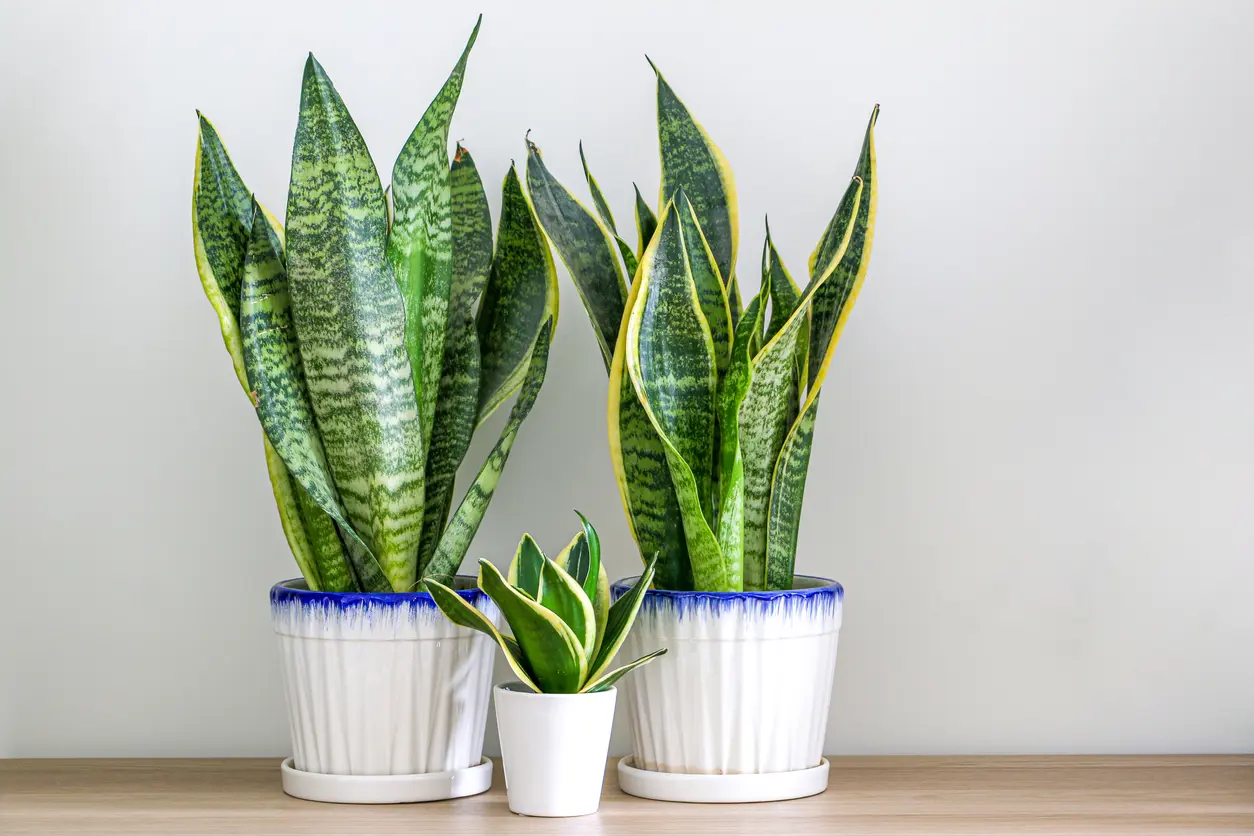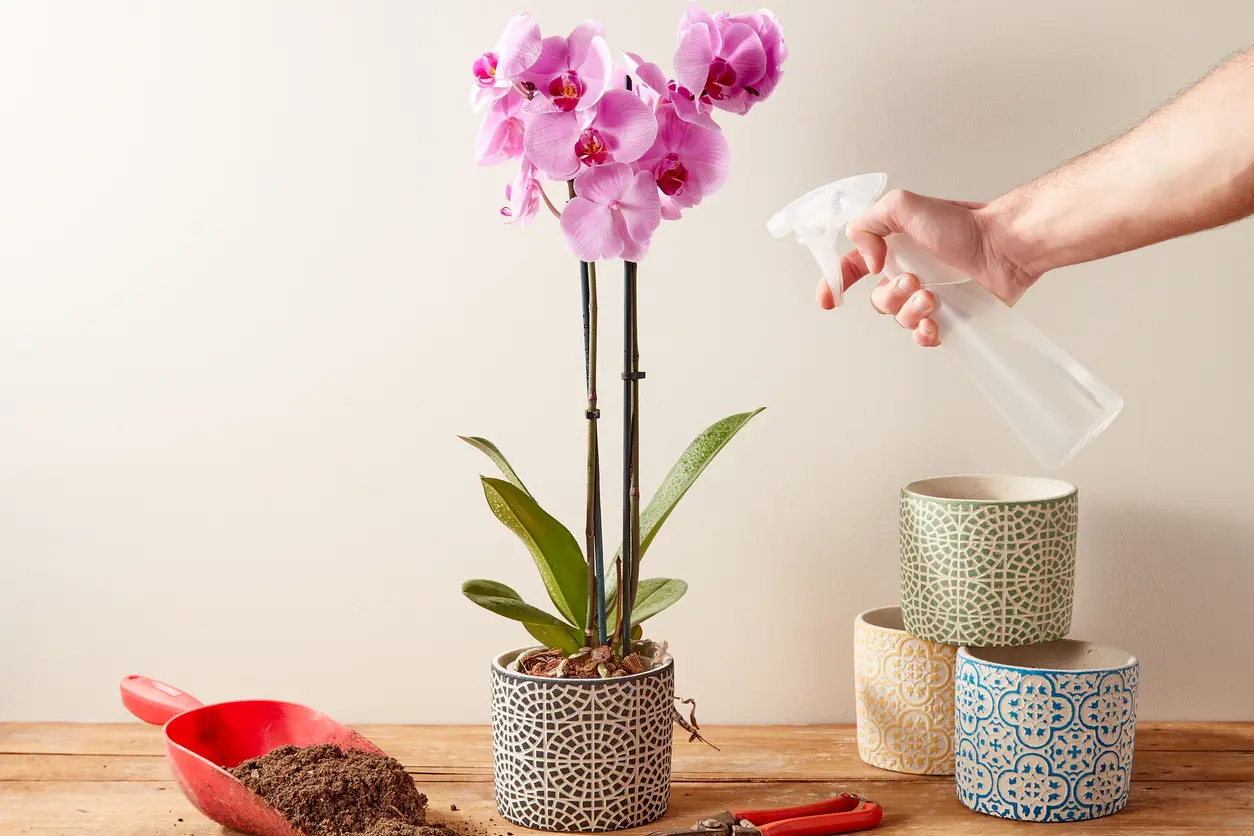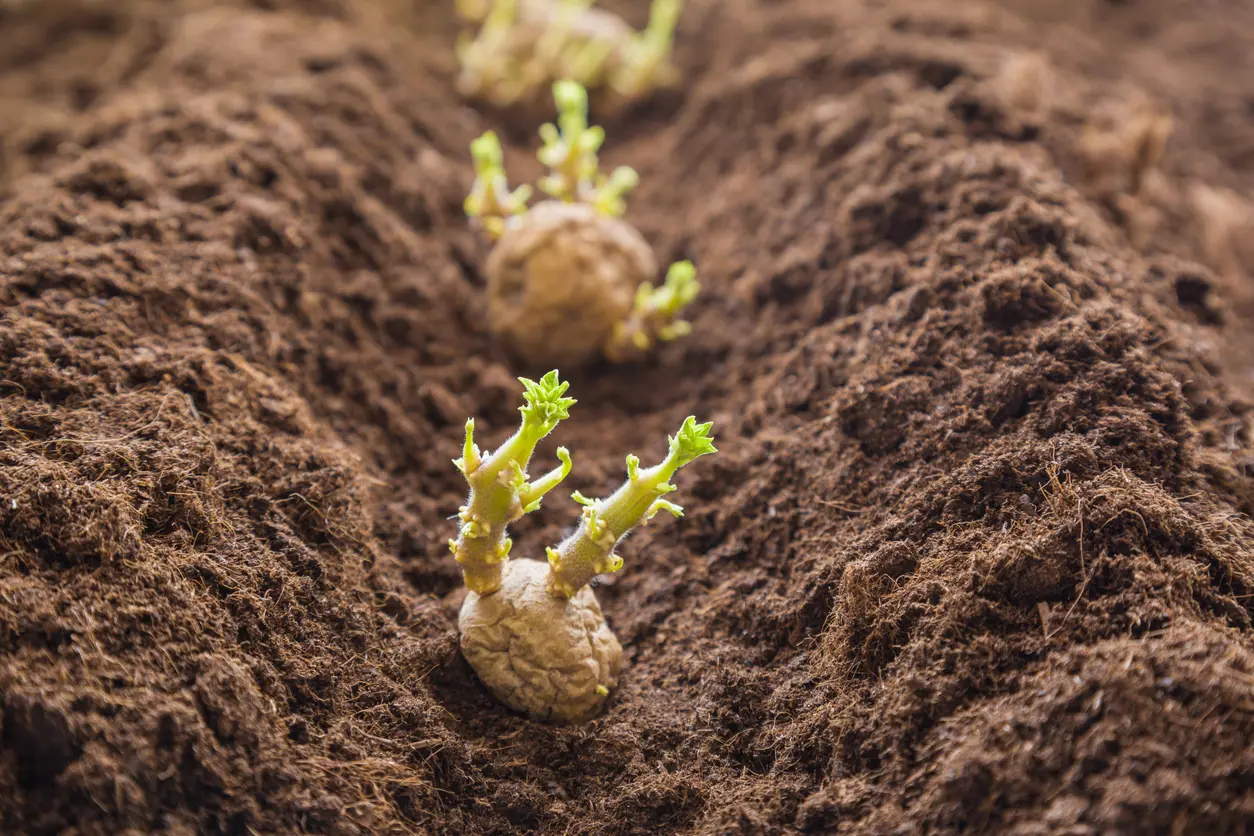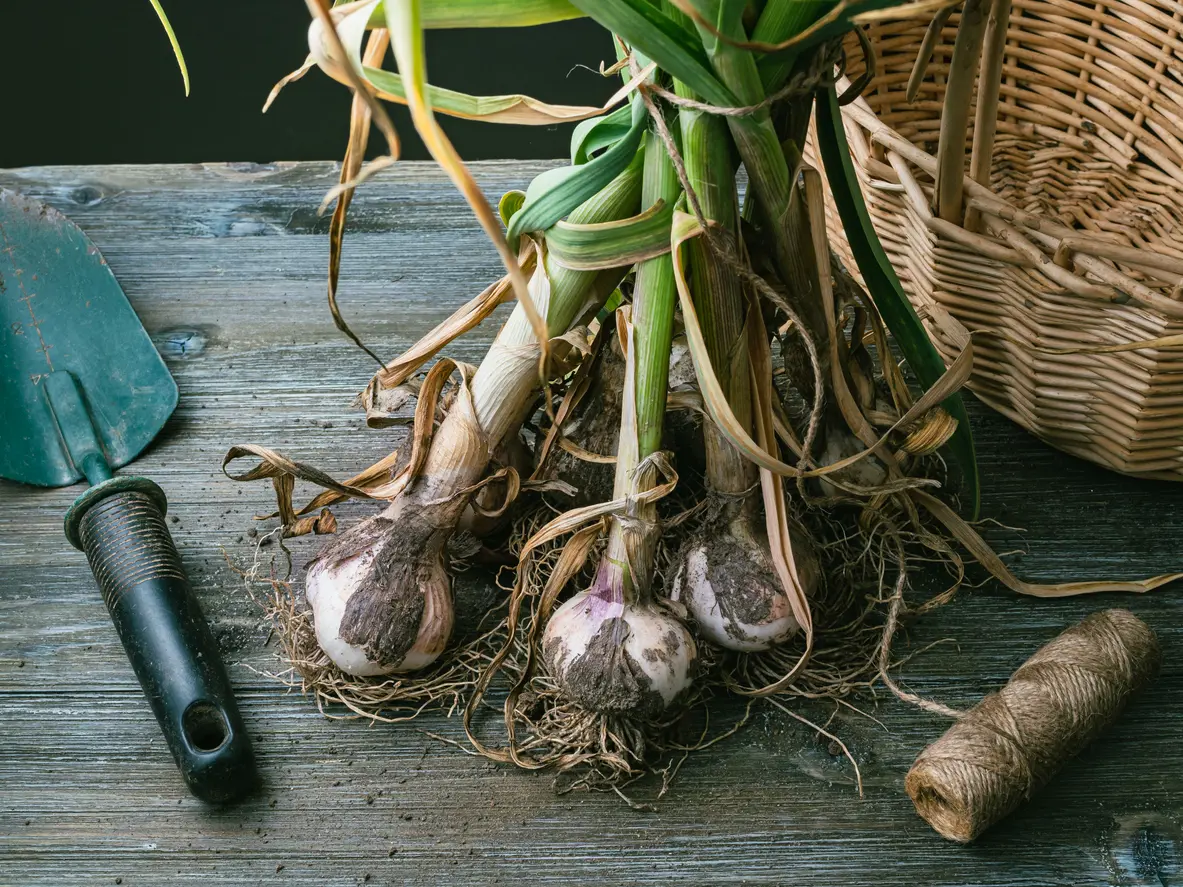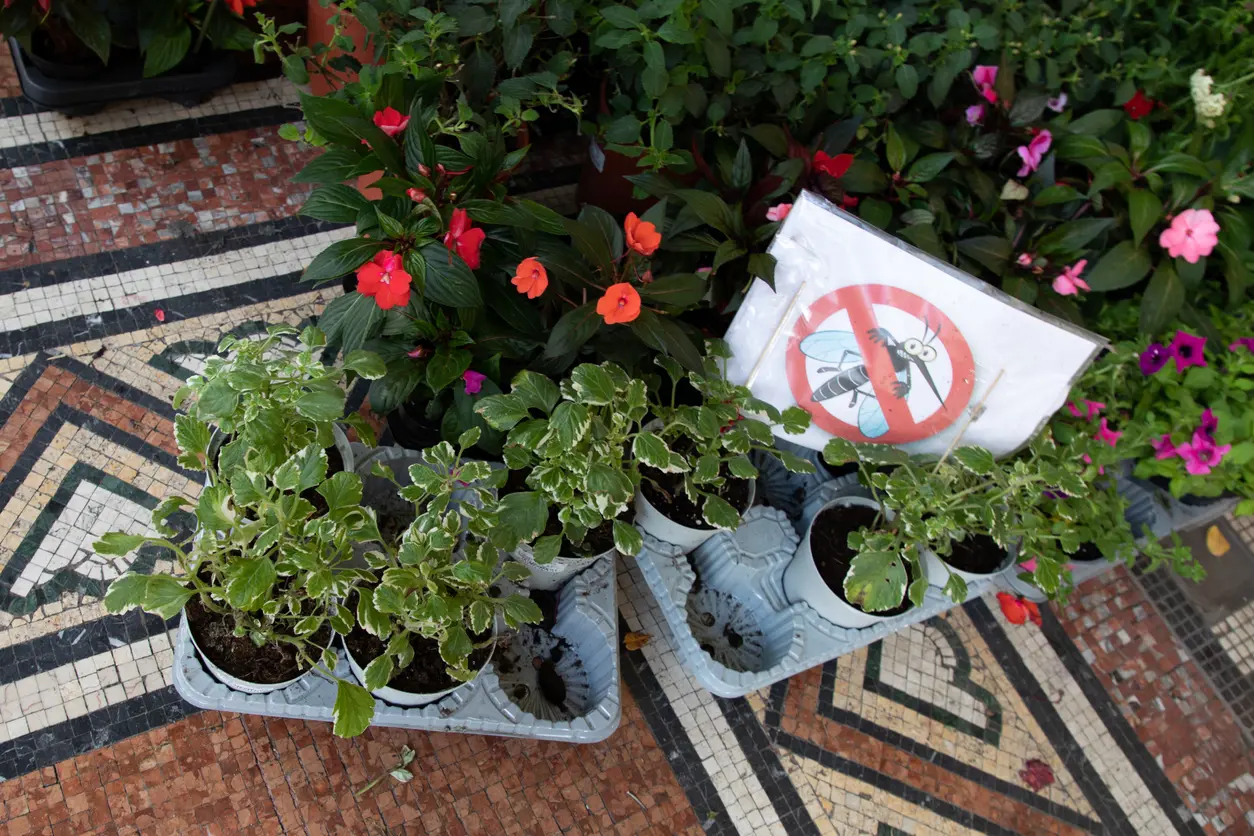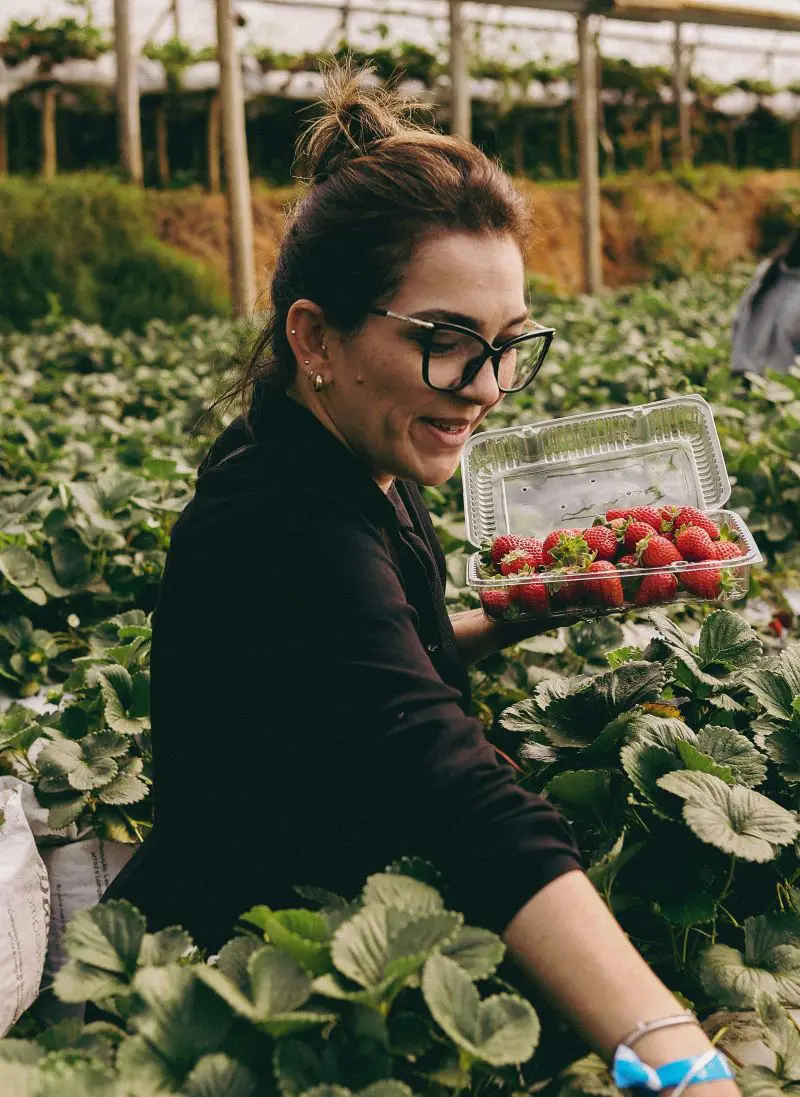
Whether you're a seasoned gardener or a curious beginner, growing hydroponic strawberries is entirely within your grip.
Growing hydroponic strawberries can be efficient, clean, and innovative from the comfort of your own home. There are several reasons you want to give it a try and is easy to get started. We will provide you with information on its system, nutrient requirements, needed climate conditions, optimal pH levels, and the maintenance of these strawberries.
Reason To Grow Hydroponic Strawberries
You grow Hydroponics Strawberries because it doesn't use any soil. Instead, an inert media is used to anchor the roots of the plants in place. The hydroponic system refers to the art of gardening without soil to provide the needed nutrients, hydration, and oxygen to plant life.
The system allows for optimized environmental conditions and provides strawberries with consistent light, temperature, and humidity levels. In addition, these strawberries can grow in urban environments or areas with poor soil quality, making it a versatile way to enjoy fresh.
Benefits Of Growing Hydroponic Strawberries
Growing these strawberries offers several advantages including year-round cultivation, higher yields in limited space, and reduced exposure to pests, and precise control over nutrients. Since there is no presence of soil, you won't have to deal with any soil-based pests.
Another advantage you can get from this system is the efficient water supply. You have access to recirculate the water as opposed to constantly feeding fresh water to the plants. This method also eliminates the need for weeding reduces water usage to traditional soil cultivation and creates the potential for faster growth and fruit production.
Choosing A Hydroponic System
Before getting started, the first thing you should find is a good system to keep your strawberry in hydroponics. These vary greatly in terms of price, plant count, and performance. So you need to choose between one of the best alternatives while purchasing your system.

Here are some of the commonly used indoor hydroponic systems for growing hydroponic strawberries you can consider:
1. Deep Water Culture (DWC)
- Pros: Easy for installation, relatively low cost, and suitable for beginners. It also provides oxygenation to the plant's roots.
- Cons: May require frequent monitoring and maintenance of oxygen levels in nutrient solution.
2. Nutrient Film Technique (NFT)eh
- Pros: Efficient use of water and nutrients, good oxygenation of roots, and suitable for small and medium strawberries
- Cons: Less forgiving for beginners, as the nutrient solution needs to be maintained at a precise level.
3. Drip Systems
- Pros: Versatile, allows for precise control of nutrient delivery, and suitable for every plant sizes
- Cons: Can be more complex to set up and maintain compared to other systems.
4. Vertical Towers
- Pros: Maximizes vertical space, making it ideal for smaller spaces. It can accommodate large plant sizes in a compact footprint
- Cons: Initial installation cost can be higher, and maintenance may be more involved due to multiple stacked layers.
5. Wick System
- Pros: Simple and low-cost system. It is suitable for small-scale or home hydroponic setups.
- Cons: Might not provide the same nutrient delivery and oxygenation as other more advanced systems.
6. Aeroponics
- Pros: Delivers nutrients directly to the roots as a fine mist, ensuring excellent oxygenation
- Cons: It is complex and expensive than some other systems, and may require specialized equipment
The best system depends on your experience level, available space, budget, and number of strawberries you want to grow. When it comes to growing hydroponic strawberries, many growers have succeeded with both DWC and NFT systems due to their ability to supply adequate oxygen to the plant's roots.
Materials You May Need
The materials you need to have before getting started while growing hydroponic strawberries are:
- Hydroponic System ( DWC, NFT, Drip system)
- Container
- Net Pots
- Strawberry Plants
- Hydroponic Growing Medium ( coconut coir, perlite, rockwood)
- Hydroponic Nutrients
- pH Testing Kit
- Electrical Conductivity Meter
- Thermometer and Hygrometer
- Pollination Tools
- Water Supply
- Containers for Nutrient Solution
As you have an outline already of what tools and materials you need before getting started, not its time to begin growing your hydroponic strawberries.
We will cover everything you need to know providing information on how you can grow strawberries using hydroponic system explained below:
Planting Techniques
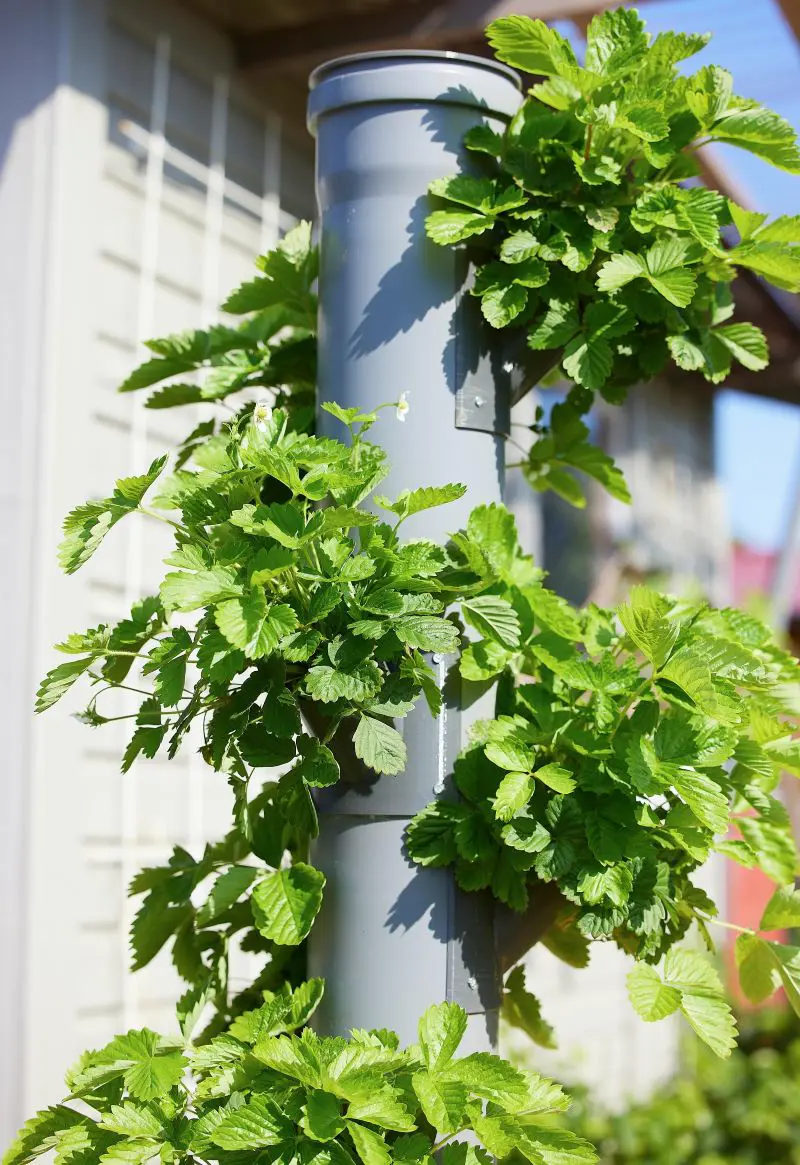
Before getting started, you will first need to decide if you want your strawberries to grow from seed or from starts. Using seeds can take years before they become fruit and is a slower option.
Instead, you can find some younger strawberry plants and plant them directly into your system using a medium of your choice and net pots. After then, you should fill the pots part way, stick your plant in after rising all the soil off its roots, and fill the rest to hold it in place. Good watering is needed right away.
Water Quality And PH Levels
Along with its planting techniques, water quality and pH levels are everything when it comes to hydroponic systems. Your roots are directly exposed to the water with less room for error.
A proper water filter should be needed to ensure you are not feeding these plants harmful impurities found in tap water. Also, the pH value should be in your proper range of 5.8 to 6.2 with the help of a pH meter. Failing to maintain the level will take you into nutrient issues and the suffering of plants.
Light And Temperature

When growing these strawberries without any natural environment, you will often be in a climate-controlled environment by providing the right lighting and temperature conditions for your berries to grow.
Strawberries usually prefer warm temperatures between 65 degrees to 80 degrees Fahrenheit. Also, you need to make sure your berries receive 8-12 hours of daily lighting. Unlike other plants, there is no need to diversify the lighting schedule throughout their life. Also, your plants get natural light if you are growing them inside the greenhouse.
Choosing The Growing Medium
When it comes to growing hydroponic strawberries, choosing the right growing medium is crucial. Several growing mediums are available, including coconut coir, peat moss, and growstones.
Coco coir is one of the easy and readily available mediums that is completely inert won't disturb the nutrition or pH of your berries and is beginner-friendly. This medium allows for excellent drainage and provides plants with enough oxygen, holding the right quantity of moisture. On the contrary, if you want to go with grow stones, you should add more nutrient solutions as they can cause nutrient depletion.
Selecting Nutrient Solution
Whether you are growing organically or naturally, you need some nutrient solution for these berries to keep them alive. Your hydroponic strawberries need an abundant supply of nitrogen, potassium, phosphorus, secondary nutrients, and micronutrients.
To use any nutrient solution, prepare the hydroponic nutrient solution formulated for strawberries and adjust the pH to a range of 5.5 to 6.5, with a pH meter. Then, monitor and adjust the electrical conductivity level of the nutrient mix to maintain the right nutrient levels.
Pollination Of Strawberries
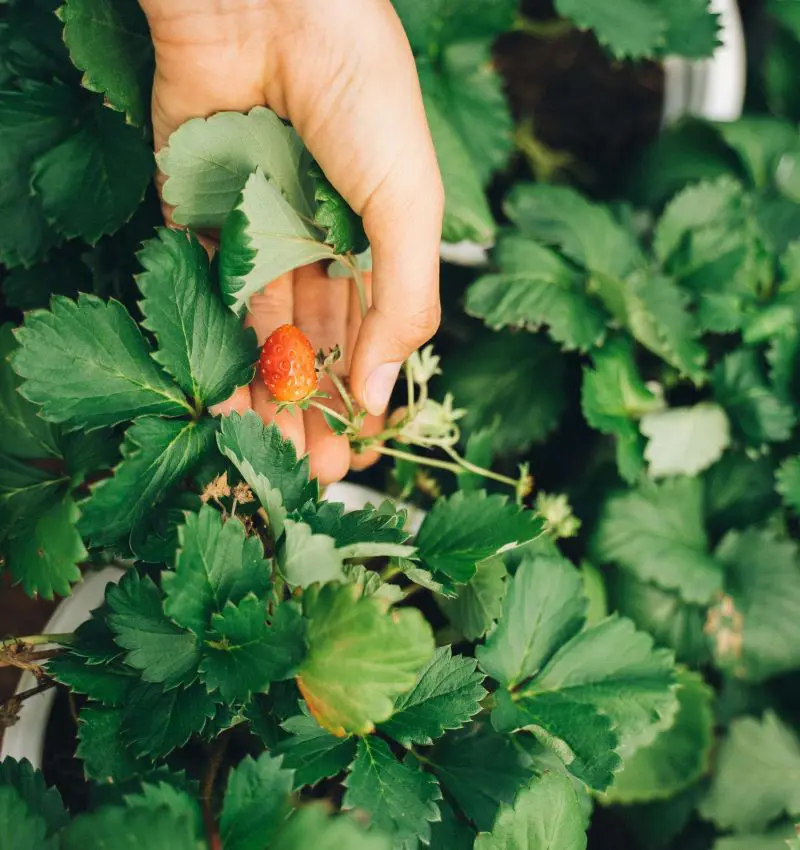
Since hydroponic systems are indoor growing systems, you need to find a supply of beneficial insects such as bees to help pollinate your strawberries. You can pollinate your berries, if you want cross-breed varieties of strawberries.
As strawberries are hermaphroditic, you can easily pollinate by hand and don't need any female or male flowers. First, use a cotton swab to collect pollen from one flower and transfer it to another, then repeat it across all the berries plants. But, if your setup is outside, you can have insects as a helping hand. However, anyone growing berries indoors has to hand pollinate to ensure good fruit progress.
Pruning Your Berries
To keep your strawberries growing healthy and high, you should cut off runners, also called stolons. The stolons are the leafless stems that extend out of the plant, sometimes with new plants forming at their tip.
You should regularly prune away dead or yellowing leaves to encourage the plant to put more energy into fruit production. Make sure to clip these off as close to the plant's base. If a plantlet has formed at the tip, you can use it for propagation. If you are using vertical systems, make sure to train your berries to grow vertically to maximize space.
Propagation Of Strawberries
Strawberry plants are typically propagated using seeds or the plantlets formed at the tip of the stolons. Using seeds, you need to acquire seeds and plant your seeds in a potting mix indoors and wait for them to germinate. You should keep your plants moist and warm, and provide lights and temperature to help young plants develop.
With the plantlets, take the cuttings and lay them across moistened potting soil. Then, you secure the plantlet's base to the soil keeping it warm and moist. As the light passes through, they will more quickly form roots and you can cut off the extending runner stem once they have. The main thing is you have to wait until the plant develops at least two long roots.
Harvesting And Maintenance
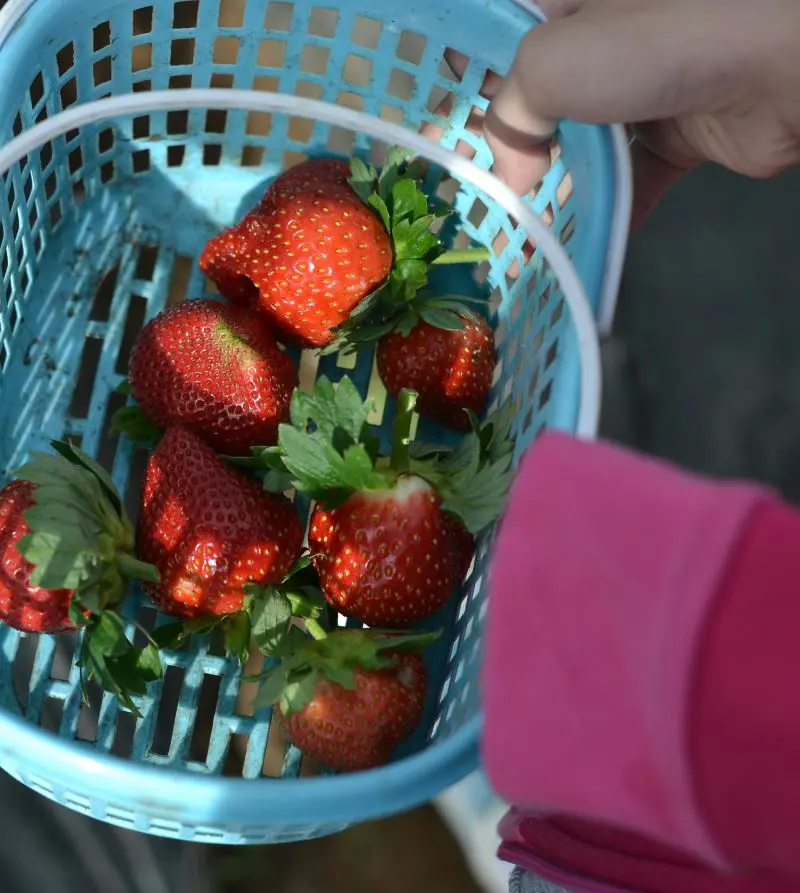
After doing all the necessary steps for harvesting the hydroponic strawberries. Harvest the ripped ones as they become ready. These berries often produce fruit earlier and with fewer pests, compared to soil-grown strawberries.
Then, you inspect your plants for any signs of pests or disease. If any issues arise, take appropriate measures, including applying organic pesticides or adjusting environmental conditions. Also, make sure the nutrient levels and pH levels are regularly maintained and monitored as needed. Once your hydroponic strawberries start producing, you can have delicious homegrown fruit with different dishes such as salads, smoothies, or desserts.
Probable Issues You May Face
If you follow the mentioned steps systematically, there are very less chances that you are likely to run into issues, that new growers face.
However. there is still a gap where you can run into issues no matter how carefully you perform your work. Some of the probable issues you might face include:
1. Growing Problems
It is the most common growing problem you will experience due to the nutrition and pH imbalances. It can be caused by underfeeding, overfeeding, or not maintaining the standard pH level. It is up to you as the grower to diagnose these issues accordingly.
2. Pests
While growing berries indoors, you won't get exposed to many insects occurring in traditional soil gardens. It always lowers the risk of pests and disease.
However, there is always a risk of something penetrating your garden, and act quickly. Some pests you might see include mites, thrips, and gnats.
3. Diseases
Growing strawberry plants eliminates most root rot concerns as there is no soil for fungal roots to form in. However, some diseases might occur above the growing medium.
You might experience two forms of fruit rot Rhizopus rot, and Mucor fruit rot. They are common on ripped strawberries and will develop in warm temperatures. To get rid of this issue, pick first as soon as it ripens. In addition, another disease, Botrytis cinerea can impact its fruit and flowers.




